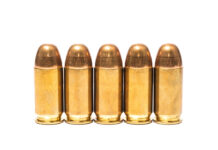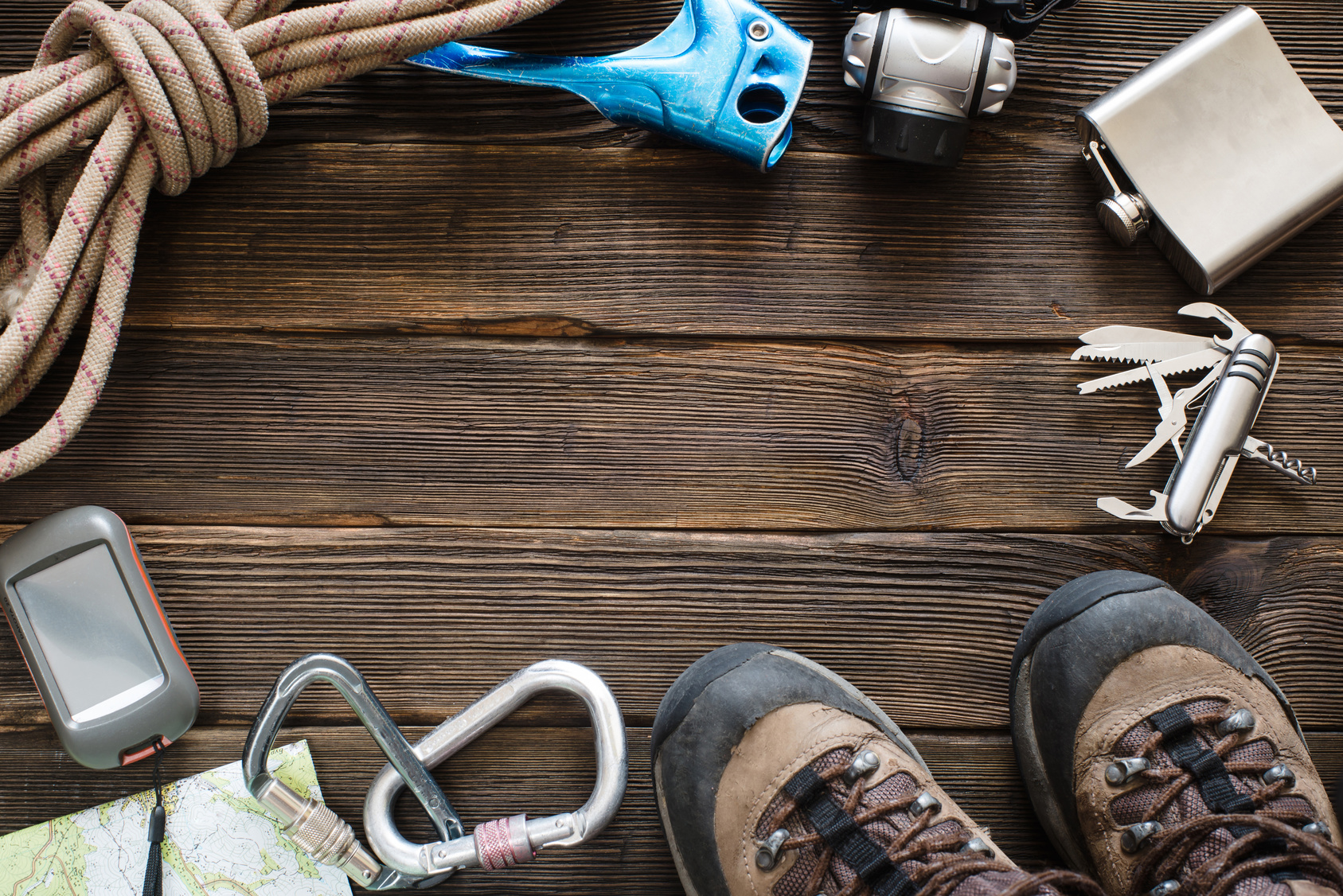When it comes to survival tools, multi-tasking items are a huge win. You only have to buy it once; it only takes up the space of one item in your bag; but it gives you the functionality of several unique uses.
Obviously, there are many items that meet this description. However, there’s on in particular that does survival multi-tasking especially well.
That item is the tarp.
It’s cheaper than dirt. It’s lightweight. And it serves dozens of purposes.
Of those dozens of purposes, there are 19 that will especially be useful for you in a survival scenario, and Off the Grid News has them all rounded up in one convenient place.
Check out their post below:
When it comes to expediency, a tarpaulin is one item that can easily top a survivalist’s list of must-haves. Tarpaulins have so many practical uses, there’s probably no limit to the number of ways it can be used in off-grid living.
Tarps come in different types depending on their thickness, durability and material. There are cloth tarps, canvas, vinyl, polyester, mesh, and the most modern type — the polyethylene or “poly tarps”.
Vinyl types are the kind used for heavy-duty industrial applications such as construction, farming and trucking. Lighter, breathable ones, such as those used in advertising, are perforated to reduce wind resistance. Mesh tarps, made of either canvas, vinyl or polyethylene, are threaded wide apart like screens to allow more wind and light to pass through. These are as often used as privacy screens, site barriers and awnings in construction sites to give partial shelter from the sun, wind and debris.
Of all the different kinds of tarpaulins, the poly tarp is the most common and popular worldwide, owing to its low cost and immense versatility.
Poly tarps are a melding of two to three different kinds of polymer films, layered and cross-woven into varying degrees of tightness. Because these are such thin, fabric-like plastics, they’re weightless and water-resistant. In disaster situations, they make reliable temporary shelters — often used in earthquake, hurricane and tornado relief. Many campers and wilderness enthusiasts choose poly tarps as cheaper, lighter alternatives to regular nylon tents.
With a poly shelter, campers can warm themselves and cook over a small fire underneath. Poly fabric has the ability to bounce off heat, so one can build a fire close to it and enjoy the warmth it reflects, without having to worry about sparks burning holes in an expensive tent. Although poly tarps can burn, they are easily patched up with duct tape.
Indeed, expediency and versatility are the poly tarp’s biggest benefits. Depending on your needs, you can select one based on the following features: corrosion resistance, abrasion or tear defiance, and “arctic flexibility.” Tarps aren’t breathable, and they can freeze up. When caught in the cold rain, don’t use a tarp as covering or poncho if it isn’t arctic flexible. Never wrap it on yourself, your animals, plants or anything you don’t want getting hypothermia.
The spacing between grommets can also vary. Grommets are the metal or plastic eyelets along the sides through which you can pass ropes to secure tie-downs. Some suppliers provide replacement grommets along with cords and pegs, but it’s always wise to have an extra rope or paracord handy. And some duct tape.
Other features you can look for are ultraviolet protection, mildew resistance and fire-retardant coatings. UV protection is important in outdoor use, as non-UV treated tarps can become brittle after constant exposure to sunlight.
The most common poly tarp colors are blue, green, black, silver, orange, yellow, brown and white. They also come in camouflage designs.
Here are practical ways you can use them – some obvious, others you may not have heard of.
- Shelter to protect against rain, sun, wind and debris.
- Cover to protect your wood pile, hay bales, harvest — virtually anything — from the elements. Great on loads carried on trucks and car/van tops.
- Rain-catching system. Suspend the tarp in the air with one corner lower than the rest, and use it to collect and channel the flow of rainwater into a drum or barrel. Or you can dig a hole in the ground and use it to collect water.
- Makeshift poncho.
- Emergency “band-aid” for a leaking roof or a broken window.
- Waterproof lining for a small fishpond or aquaponic system – and makeshift kiddie pool
- Shower or window curtain.
- Ground pad under a tent, for added barrier against moisture, critters, sharp rocks.
- Protection over a car seat or a truck bed from all kinds of mess.
- Improvised backpack, yukon or horseshoe pack.
- Makeshift “stretcher” to carry an injured person. Actually it can be used to haul all kinds of stuff: freshly caught game, harvested produce and even hay.
- Ground sheet for mixing cob or plaster when building cob houses.
- Picnic mat.
- Improvised hammock.
- Privacy screen for outdoor toilets in the bush.
- Drop sheet during paint jobs.
- Emergency sail for a small boat.
- Canoe or any kind of flotation device.
- Emergency signal: Lay it flat on the ground for rescue choppers to easily see.
Whether you’re out in the wilderness or just working around the homestead, you’ll find poly tarps very handy.
What do you think? Are there any other uses you think should be on this list?
Give us a shout in the comments to let us know.







![Are Compensators Worth It? [Video]](https://preparedgunowners.com/wp-content/uploads/2025/07/Depositphotos_815431992_S-218x150.jpg)






![Would-Be Robber Takes The Tueller Drill Challenge [Video]](https://preparedgunowners.com/wp-content/uploads/2025/10/Depositphotos_50626839_S-218x150.jpg)
















![Optic Ready vs Milled slides? [Video]](https://preparedgunowners.com/wp-content/uploads/2024/02/image-3-100x70.png)
![[Checklist] What Gear You Need To Take Pistol, Rifle & Shotgun Training Courses [Video]](https://preparedgunowners.com/wp-content/uploads/2023/07/Depositphotos_275087632_L-100x70.jpg)
![What is in Carter’s 2023 EDC? [Video]](https://preparedgunowners.com/wp-content/uploads/2023/07/Depositphotos_146856137_L-100x70.jpg)


